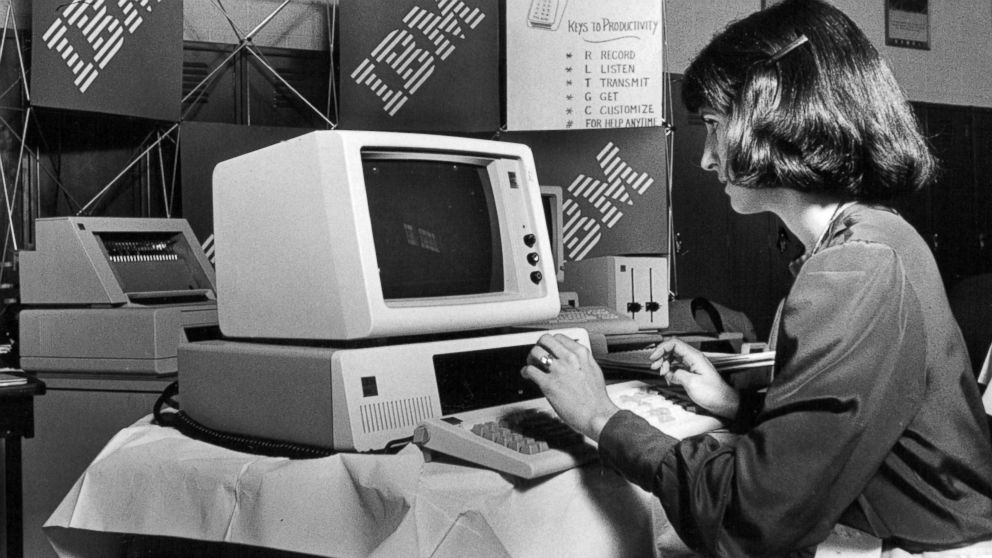Intel CEO Says Reports of the Death of Moore's Law Have Been Greatly Exaggerated
Is the standard for advancing computing power coming to an end?

— -- Even though Intel is shifting from being a PC company to "a company that powers the cloud and billions of smart, connected computing devices," CEO Brian Krzanich said he still believes Moore's Law, the rule that predicts explosive growth in computer power, will continue to hold true.
In 1965, Gordon Moore, a co-founder of Intel, predicted that the number of tiny electrical switches that could be placed on a computer chip, called transistors, would double approximately every two years at a roughly fixed cost. Alternatively, the law predicts the same number of transistors can be added for half the cost.
That has largely been the case -- look no further than the computers, cameras, phones and music players that are now condensed into a single smartphone.
On Tuesday, Krzanich made it clear he believes any talk of the demise of Moore's law is premature.
"In my 34 years in the semiconductor industry, I have witnessed the advertised death of Moore’s Law no less than four times. As we progress from 14 nanometer technology to 10 nanometer and plan for 7 nanometer and 5 nanometer and even beyond, our plans are proof that Moore’s Law is alive and well," Krzanich wrote in a blog post published Tuesday. "Intel’s industry leadership of Moore’s Law remains intact, and you will see continued investment in capacity and R&D to ensure so."
Patrick Moorhead, an analyst at Moor Insights & Strategy, said Moore's Law has evolved several times since Moore first proposed it in 1965.
"The reality is that it has grown more difficult to shrink transistor and chip size in half, which then translates to less expensive and higher performance products. But it has shifted from a doubling every two years to every 2.5 years," Moorhead said.
"The rate of overall technological improvement hasn’t been effected, because the creative tech industry has responded already by making improvements unrelated to chip size. They have optimized software and improved chip designs to keep the pace of a doubling of efficiency every two years," he said.
IBM showed off a prototype chip last year that was hailed as a technological breakthrough for the tiny transistors -- electrical switches that help power a computer -- that have been made so thin they're 1/10,000th the width of a human hair.
The breakthrough -- the result of research at IBM and the State University of New York Polytechnic Institute in Albany -- could allow as many as 20 billion transistors to be placed on a chip the size of a fingernail and is half the size of the current 14 nanometer standard, company officials said. A nanometer is one-billionth of a meter.




